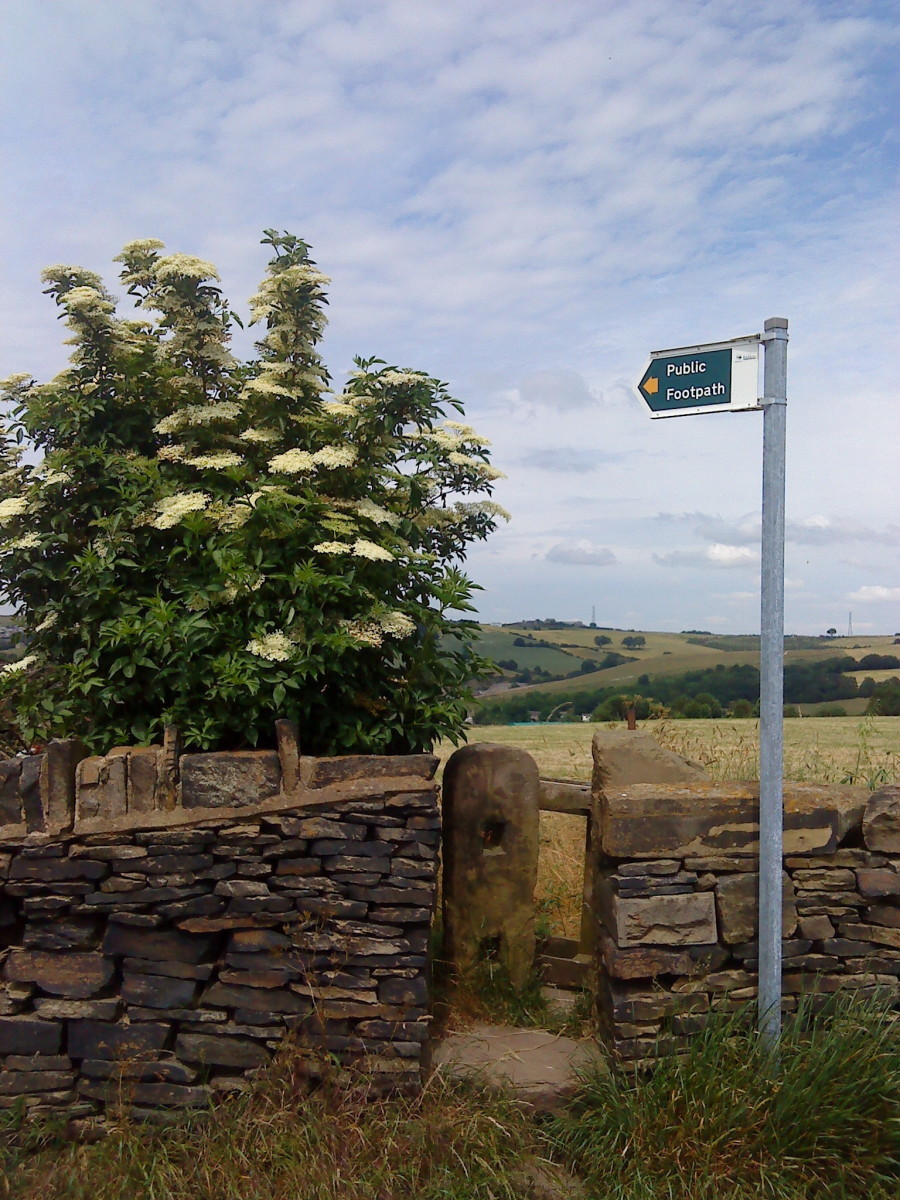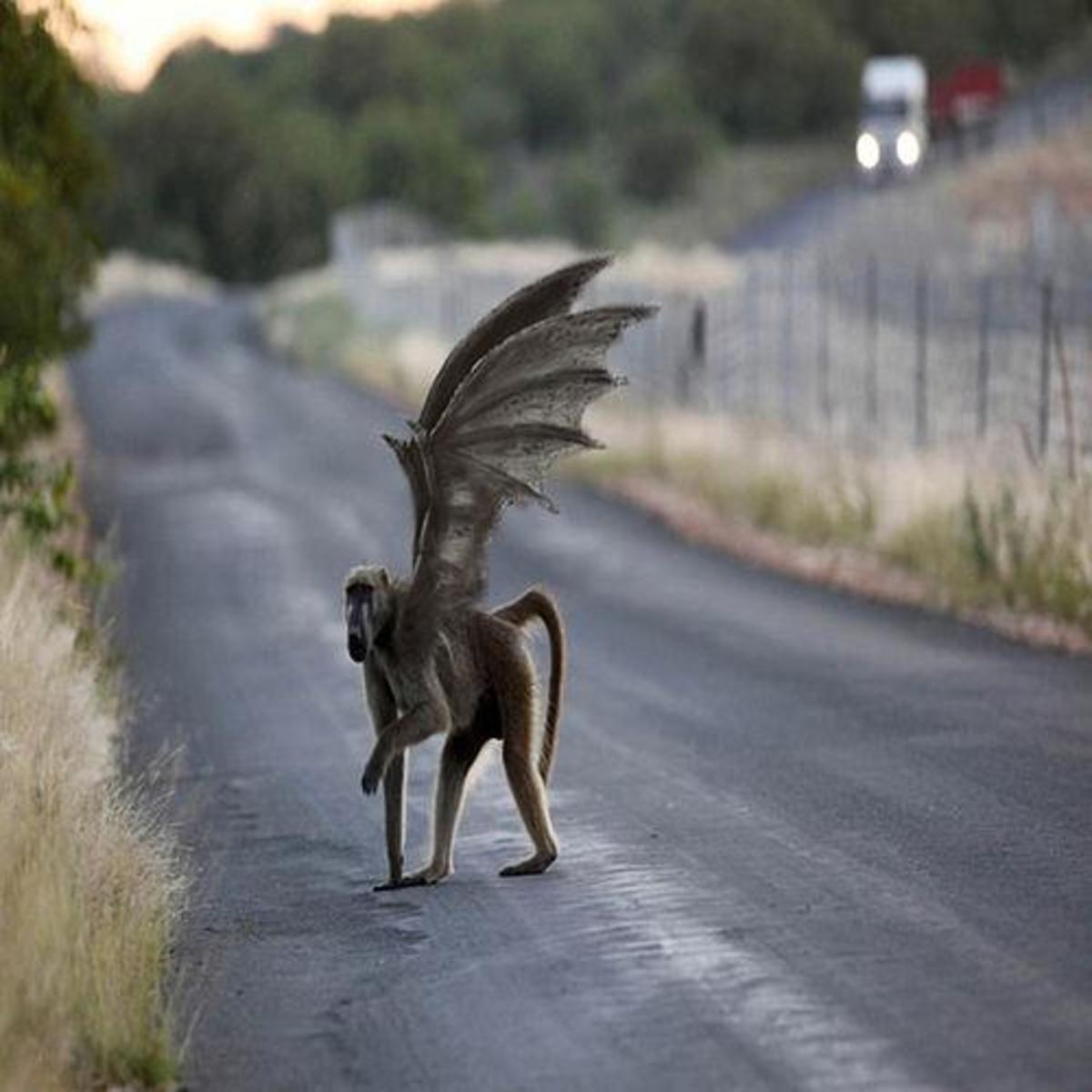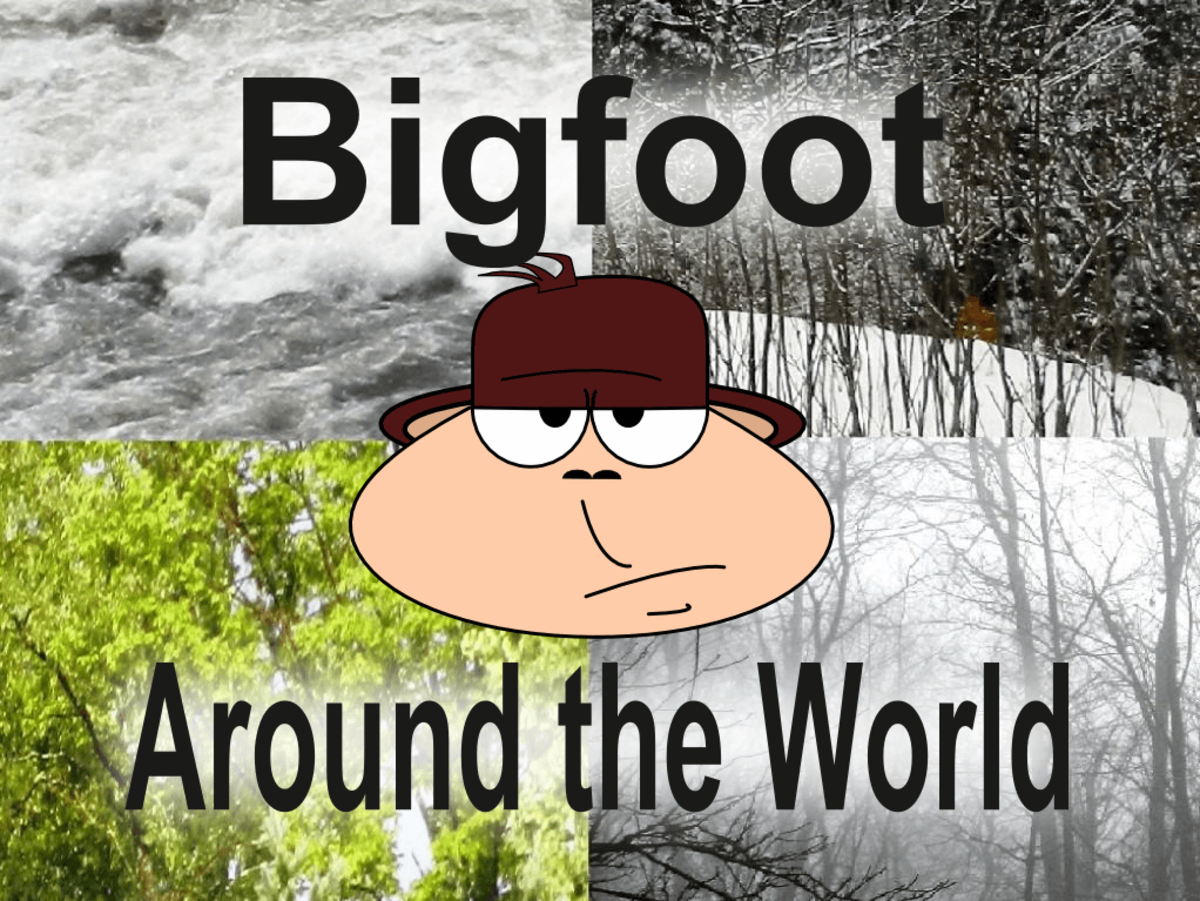Village Footpaths: Many Lost; A Few Reclaimed
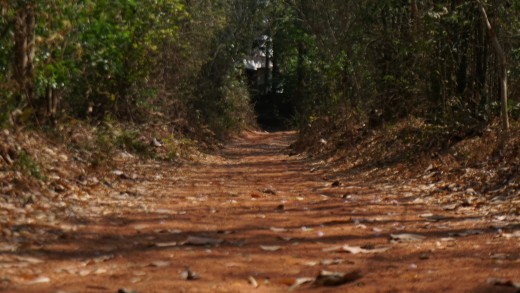
Footpaths: The Memory Lanes
Footpaths have a fascinating way of reminding us where we belong. They always summon up thoughts of the very many people who would have walked the same path. A heavy pedestrian flow is mirrored in the wear and tear of these narrow lanes. Unlike tarred or concrete roads, they are attired in a cloak of thick vegetation. The different kinds of ferns, shrubs, lichens, and weeds that border the footpaths sometimes surprise the walkers by putting on display a flamboyant flower or a colourful insect. If the human traffic is low, spiders would encroach the space between the two sides of a footpath and bridge them with elaborately woven cobwebs overnight. The morning strollers often will have to ward off these cobwebs to clear the path.
Some footpaths are closely connected to generational memories. In a rural setting, they have close associations with each stage of an individual’s life. All the crucial journeys of an individual begin and end by walking them. For example, one's first walk to the school, the first journey for a job interview, and the first walk home with a special friend.
In my village, there is a footpath that leads to our family pond. As a child, my first memory is of walking it with my grandmother at 5 0’ clock in the morning and going to the pond to take bath. Neither the pitch darkness and the strange sounds of the night, nor a sudden downpour or the chill of the winter would deter her from this routine. Holding a kerosene lamp hanging on an iron wire in one hand, she would set out for the pond before the first rays of sunlight are seen on the eastern horizon. As a child, I used to wake up with her and accompany her to the pond many mornings, imagining monsters and ghosts hiding behind the trees yet feeling secure as she held my hand.
When I started going to school, another footpath got imprinted in my memory. It was the one that led from our gate to the main road. During the monsoon rains, this footpath, which is headed uphill, will turn into a murky, and roaring stream. My mother (who taught at the same school) and I would then have literally to swim our way to reach the main road. The water would soon reach up to my chest and I would be holding the school bag above my head with both hands, and fighting the fury of the aggressive water flow.
As a teenager, I started walking the footpath across the paddy field near my house, every evening. This footpath leads to the nearest bus stop. This is the same footpath that can be seen from the veranda of my house and which I used to look over eagerly as a small kid to see if any guests were arriving with sweets. In our rural hamlet, visitors were rare.
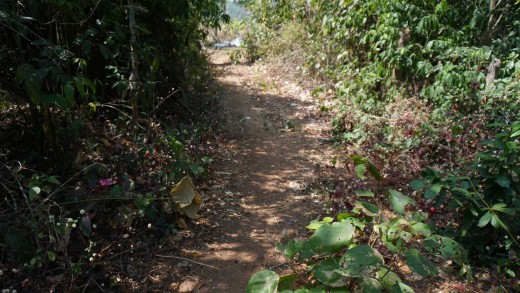
How Footpaths Have Been Disappearing
The plants, especially the creepers, seem to have some instinct to avoid treading on footpaths. They sense that they would get crushed under a human foot and keep themselves to the fringes of the path. The floor of the heavily trodden footpaths gets as hard as a rock from the constantly stomping feet of the walkers. The sky above it is often a narrow ribbon of blue tangled in the green canopy of neighborhood trees.
The development of alternative and better roads and urban encroachments pose a threat to these age-old passageways. In Detroit, another name for the informal footpaths is 'desire lines'. They embody the desire to get around. A 2019 study attributed the disappearance of footpaths to urban development, fencing, mowing, and parking activities.
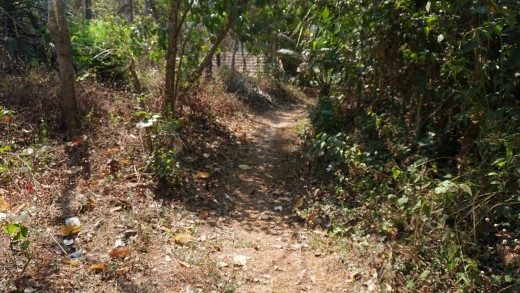
Footpaths in History and Poetry
There are footpaths of trade, pilgrimage, and adventure. There are footpaths that meander through forests, mountains, and grasslands and even those that cross rivers and deep gorges. The footpaths of England are supposed to have originated as very ancient pathways of iron age civilization, later as Roman occupation and trade routes, and then Anglo-Saxon migratory paths.
There are public-right-of-way issues emerging all around the world in connection with footpaths as they are often encroached, closed sooner or later, if on private land, and simply lost when people stop using them. This is also an outcome of the growth of automated transportation, which rendered walking redundant and promoted a fast life in which there is no time for walking. Robert Frost had immortalized the disappearing of a footpath so heart-warmingly in his poem, Ghost House,
O’er ruined fences the grape-vines shield
The woods come back to the mowing field;
The orchard tree has grown one copse
Of new wood and old where the woodpecker chops;
The footpath down to the well is healed.
Organizations like the Open Spaces Society of England work to protect footpaths and the people’s right to walk them. A footpath always has a place in the perceived charm of the English countryside. The Guardian newspaper even launched a public campaign to share people’s memories of lost footpaths. However, other countries do not seem to catch up with the English enthusiasm for footpaths.
This content is accurate and true to the best of the author’s knowledge and is not meant to substitute for formal and individualized advice from a qualified professional.
© 2019 Deepa

